Protecting Indigenous Art: From T-shirts to the flag
Melbourne University Press, $45 pb, 242 pp
ABR receives a commission on items purchased through this link. All ABR reviews are fully independent.
‘Sue everyone’
In this important book, Colin Golvan – a distinguished senior counsel – recounts some of the most notorious cases of copyright abuses endured by Indigenous artists, their work taken without permission, attribution, or adequate compensation and used on objects ranging from souvenir T-shirts to expensive carpets. An intellectual property barrister, Golvan leads us through the intricacies of these cases with lawyerly precision and poise, championing the role of copyright in bringing justice to Indigenous people.
Protecting Indigenous Art offers a shocking account of the wilful disregard with which Indigenous art has been exploited by those keen to cash in on its popularity, and viewed as ripe for the picking, as though its creators had no rights. But it is also a book of hope, an illustration of how Western law can serve Indigenous people. Here, at least, the tables are turned. As Golvan writes: ‘Most court activity in remote parts of northern Australia is concerned with charges against Indigenous people for petty crimes. The cases I discuss were very different – the accused, in a figurative sense, was becoming the accuser.’
Golvan’s writing is tempered but never tepid. He writes with authority about copyright and with feeling about his unexpected path into Indigenous Australia. ‘As with many of the important events in life, it did not happen by reason of intention, careful planning or a deliberate ploy but thanks to a “sliding door” moment,’ Golvan writes, giving solace to all of us who continue to blunder through.
That ‘sliding door’ appeared in 1988, at the start of Golvan’s career as a barrister. He was listening to the ABC’s AM show about the need for new laws to protect Indigenous art from unlawful reproduction. This was at the height of exploitation, when artists’ works were often reproduced, on items such as on T-shirts, tea towels, dress fabrics, and restaurant menus – ironically during bicentennial celebrations marking the arrival of the First Fleet, an event that marked the dispossession of Indigenous people.
Golvan called the radio station to say that a new law was not needed, that copyright was the answer, and that he wanted those being interviewed on the program to know. He acknowledges a certain self-interest in phoning the radio station; as a fledgling barrister, he had no idea whether or how he would attract work, pay his mortgage, and feed his children.
‘I generally thought that people who contacted radio stations on an unsolicited basis to give their opinions were complete idiots but made a special exception for myself in this case,’ Golvan writes.
In response, Golvan received a call from the late Lin Onus, who told him, in typically direct style, that if Golvan was so clever he should help Lin and his fellow Indigenous artists ‘sort out the mess’. Lin instructed Golvan to ‘sue everyone’. ‘I had found my fellow traveller,’ Golvan writes.
This book is a continuation of Golvan’s urge to inform people of the power of copyright. It is also a paean to Indigenous art and a tribute to the Indigenous artists and leaders who fought for copyright protection, such as Wandjuk Marika, who, in 1976, wrote: ‘Imagine a publisher ignoring the copyright of Sidney Nolan or Russell Drysdale in the way in which my father and other famous Indigenous artists have been overlooked.’
 Albert Namatjira, c.1950 (Northern Territory Library, via Wikimedia Commons)
Albert Namatjira, c.1950 (Northern Territory Library, via Wikimedia Commons)
Golvan writes about Indigenous art and culture with sensitivity and insight developed through his travels to many remote communities in his work as a barrister. He describes the ‘profound personal impact’ of these travels and the often confronting conditions of remote communities, noting that if they were ‘repeated in our cities, there would be, and would need to be, outcry and action aplenty’.
At a time when pro-Palestine activists liken the dispossession of Indigenous people to that of the Palestinian people, Golvan draws another parallel – as a Jew whose family experienced ‘vicious racism culminating in a genocidal campaign that claimed the lives of millions in the 1940s’. This experience, he writes, ‘has given me a personal way into the problem of my Indigenous clients’ loss in the broadest sense’.
Golvan examines the legal cases that were among ‘the most important, memorable and rewarding’ of his career: the late Ganalbingu artist John Bulun Bulun’s fight against a T-shirt manufacturer; the appropriation of works by artists including George Milpurrurru, Dr B. Marika, Paddy Dhathangu, Tim Payungka Tjapangati, Uta Uta Tjangala, Tim Leura Tjapaltjarri, and George Garrawun as designs on costly carpets made in Vietnam; the unauthorised reproduction of north-eastern Arnhem Land Waramiri artist Terry Yumbulul’s ‘Morning Star Pole’ on the 1988 commemorative ten dollar banknote.
The chapter on Albert Namatjira is particularly poignant. In 1983, the late artist’s copyright was sold by the Northern Territory government to a non-Indigenous business, Legend Press, for a mere $8,300. The copyright was restored to the Namatjira family in October 2017, following a media and legal campaign. Golvan argues that Namatjira’s copyright should be extended in perpetuity as compensation for the thirty-five years of lost copyright payments and as a ‘significant national statement of regret and reconciliation to Australia’s artistic legacy – in particular as the person who introduced Indigenous artistry to the broader public’.
While copyright may be the ‘answer’ it is not without shortcomings, and Golvan suggests areas for reform. Copyright, for instance, fails to recognise the ‘communal’ or collective ownership that is central to Indigenous life. Another hurdle is access and cost – agencies that support Indigenous artists in matters of law must be properly funded, Golvan writes. So, too, must regulators such as the Australian Competition and Consumer Commission, which can protect Indigenous art from false representations including fakery.
Golvan devotes a chapter to fakery, outlining the many forms it takes and how here, too, the Copyright Act and Australian Consumer Law can be used against unscrupulous operators. Here, Golvan reviews the biggest art controversy of last year, the so-called ‘white hands on black art’ scandal that dominated headlines in The Australian newspaper. White art advisers working for the APY Art Centre Collective stood accused of deceitfully participating in the creation of Indigenous works. Golvan was part of the independent legal team appointed to investigate these accusations and concluded that they were unfounded. I wish Golvan had written in more detail about the experience and his views on the case and media furore surrounding it, but he maintains a lawyerly distance and reinforces the findings that were released in August 2023.
Indigenous art is widely celebrated as a vital expression of Australian visual culture and national identity. Regrettably, this doesn’t always extend to its creators being treated with equal respect. Colin Golvan has done us a great service in documenting this historic record of copyright breaches and showing what further work must to be done to safeguard Indigenous artists’ rights.
Protecting Indigenous Art: From T-shirts to the flag
by Colin Golvan
Melbourne University Press, $45 pb, 242 pp
ABR receives a commission on items purchased through this link. All ABR reviews are fully independent.




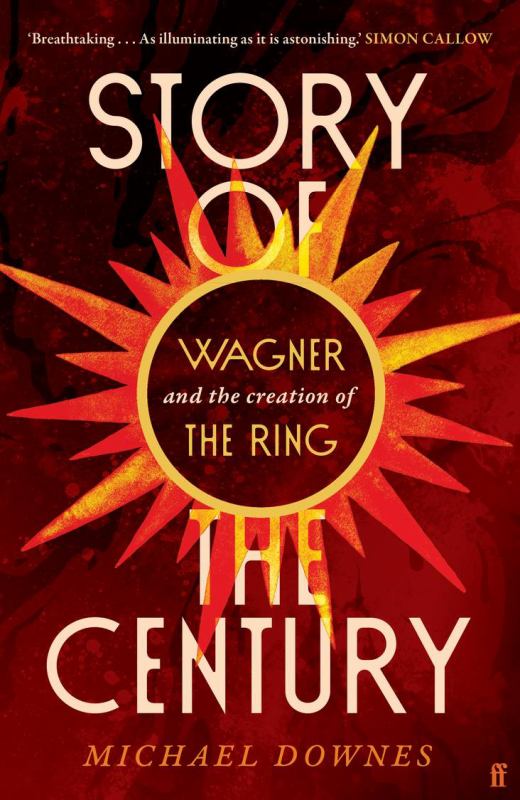

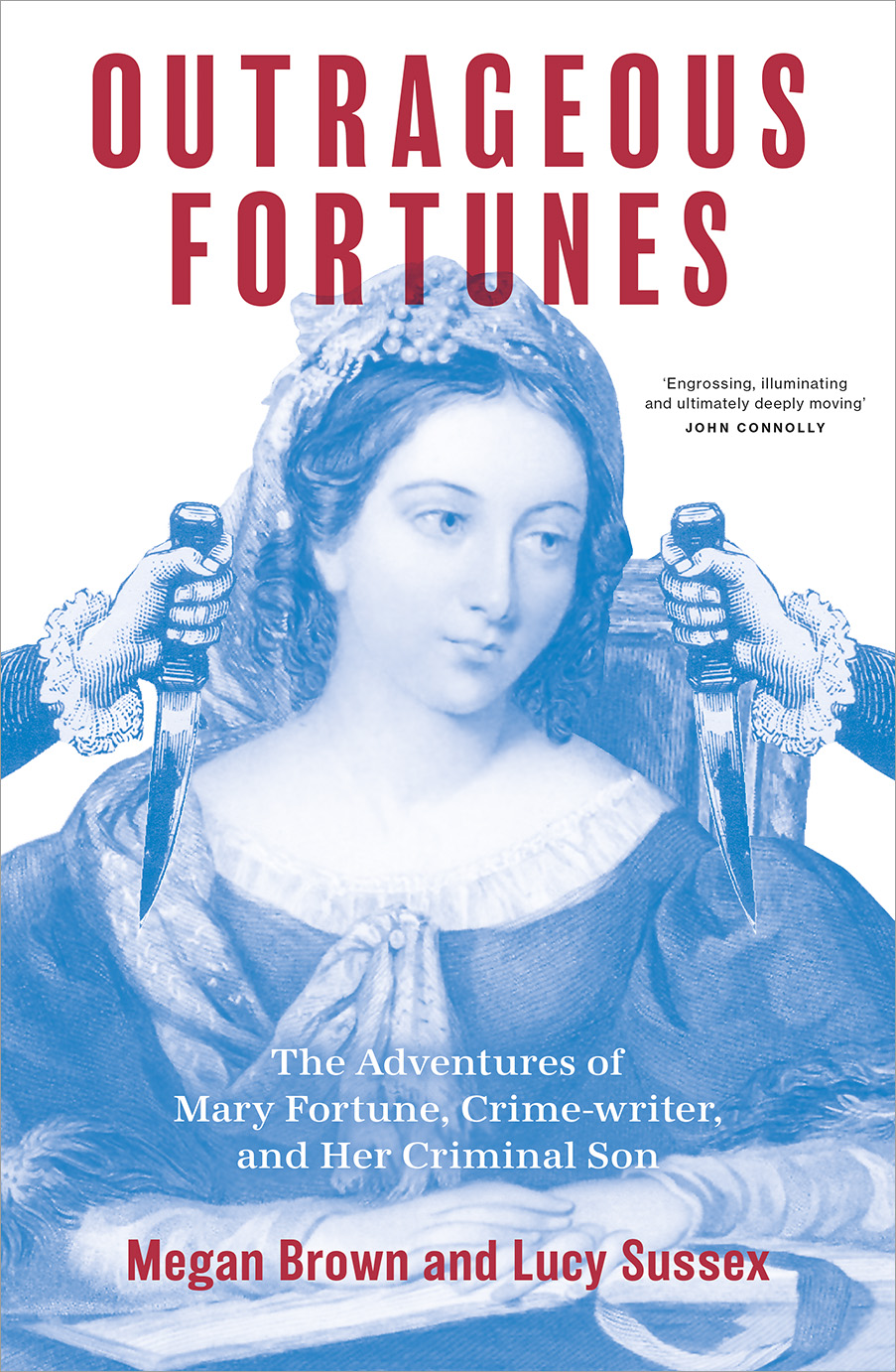

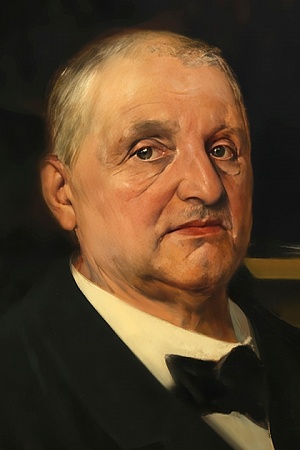

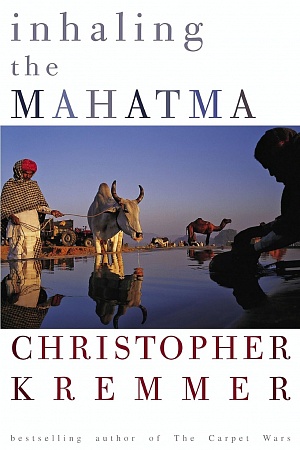

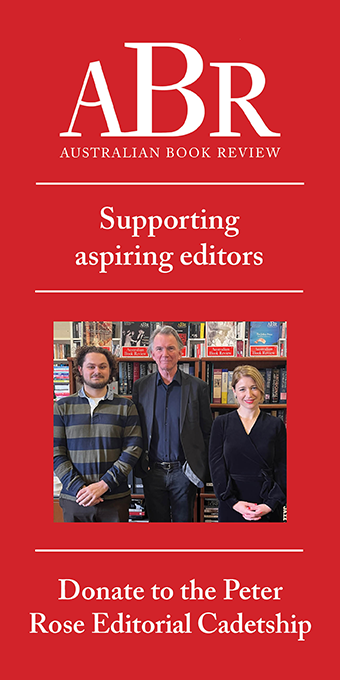

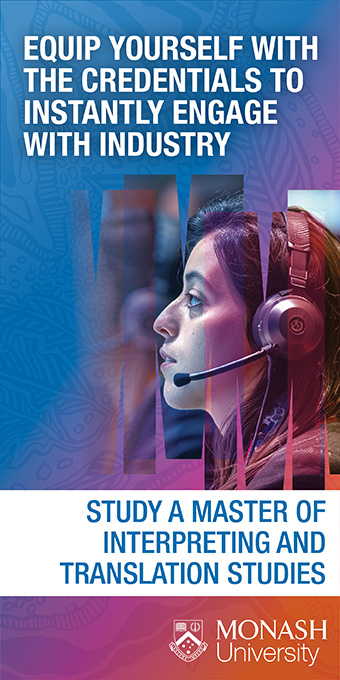
Leave a comment
If you are an ABR subscriber, you will need to sign in to post a comment.
If you have forgotten your sign in details, or if you receive an error message when trying to submit your comment, please email your comment (and the name of the article to which it relates) to ABR Comments. We will review your comment and, subject to approval, we will post it under your name.
Please note that all comments must be approved by ABR and comply with our Terms & Conditions.